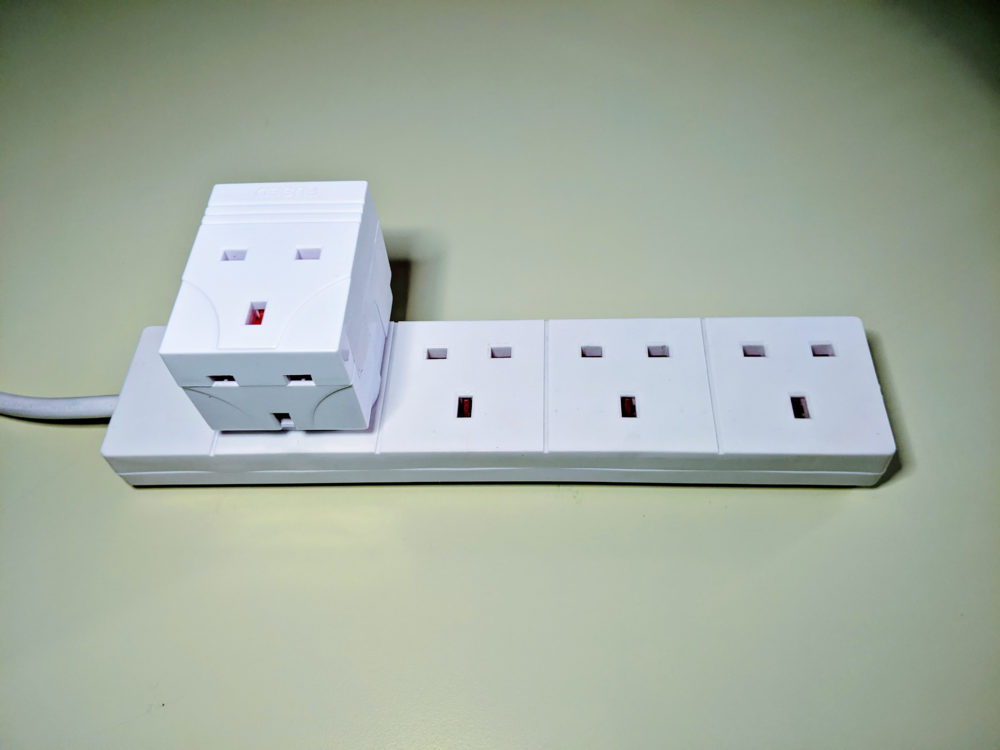Have you ever stopped to consider the number of appliances that you plug into any one socket?
- With our lives seemingly ever more dominated by electrical appliances, and older buildings and homes with limited plug sockets, many of us use extension leads to meet our electrical needs, but have you stopped to consider the electrical load?
Shifting appliances around from socket to socket can be tempting, but just because your extension lead can squeeze in four plugs doesn’t mean it’s safe to do – some appliances require so much power that when grouped together they can cause the plug to overheat, and possibly start a fire.
How many devices it is safe to plug into an outlet really depends on the appliance you are plugging in. Always work out the total wattage of all the devices going into the one socket. If they add up to more than 3,000W then it’s not safe. Some of the smallest appliances in our homes use the most watts of power. In fact, a kettle actually uses 20 times more watts than a fridge. And an iron uses a staggering 2,800 watts – that’s more than 200 times more than is needed to power a mobile phone charger.
It is for this reason that you should never ‘daisy-chain’ extension leads together. If you use more than one extension lead per socket it will significantly raise the risk of overloading the socket.
Extension leads, if used correctly, are preferable to block adaptors. Block adaptors aren’t unsafe but the weight of the plugs and the leads can start to pull the adaptor out of the wall socket leading to resistance heating and increasing the risk of a fire. Plastic block adaptors that have lots of sockets and sometimes come without a fuse are always best avoided.
Have a look around your workspace and home and consider if you are potentially overloading sockets.



